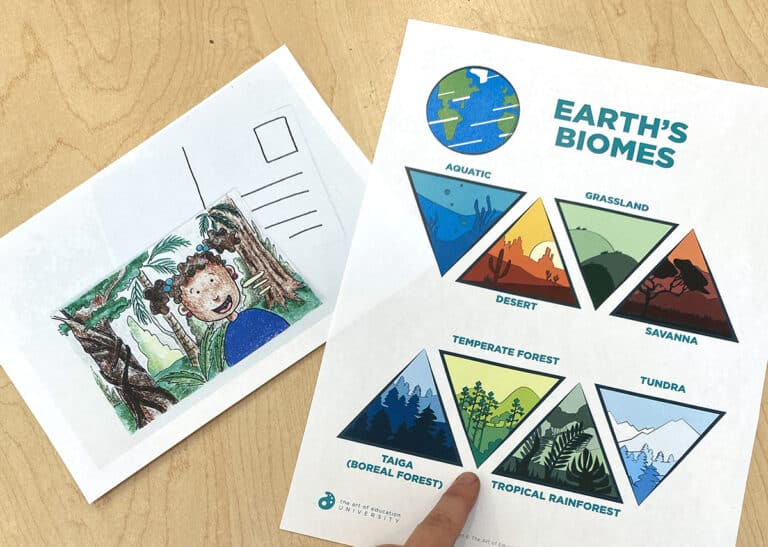Every February, Black History Month gives us a moment to highlight the important contributions of Black artists. Since 1976, when President Gerald R. Ford asked Americans to, “seize the opportunity to honor the too-often neglected accomplishments of Black Americans in every area of endeavor throughout our history,” Black History Month has served as a reminder for educators to include diversity in their classrooms. This is a good thing. It’s important to highlight history that is too often forgotten or brushed aside.
I value the importance of Black History Month, but I do not observe it in my classroom and I haven’t for years. Here’s why.
It started with a question.
“Mrs. Purtee, why do we only talk about Black artists in February?”
Ouch. Although this observation wasn’t entirely true, it was close enough to make me reflect. I was proud of the units I taught for Black History month. The content was great, the students loved the projects, and I felt good being inclusive. However, this question challenged my ideas about the value of what I was doing. I’d unconsciously been using my participation in Black History Month as a pass to only spend one tenth of the year actively educating about diversity.

Thinking about a new approach, I decided I would include a range of artists in every project. This included Black artists but also any other artist falling outside the white, male-dominated tradition of Western art. I decided that for every project I would share work by three artists with different traits. This seemed challenging at first, but when I went beyond my intro-to-art-history knowledge of “important artists” and looked at current, practicing artists it was very feasible.

When I stopped celebrating Black History Month and started making a habit of showing diverse artists to my students, my teaching improved. Exposing students to different points of view made the content of my lessons richer and students’ learning deeper. This month, I’ll teach about Black artists, but I will every other month, too. I want my students to know that anyone can be an artist; that artists with something valuable to say come in all ethnicities, races, and genders.
I want my students to know that anyone can be an artist; that artists with something valuable to say come in all ethnicities, races, and genders.
Celebrating Black History Month is good, but actively supporting diversity every day is far better for teaching and learning. If you’re looking for some inspiring Black artists to introduce your students to, download the handy guide below.
Download Now
What are your thoughts on Black History Month?
Should it be celebrated in our classrooms?
Magazine articles and podcasts are opinions of professional education contributors and do not necessarily represent the position of the Art of Education University (AOEU) or its academic offerings. Contributors use terms in the way they are most often talked about in the scope of their educational experiences.





